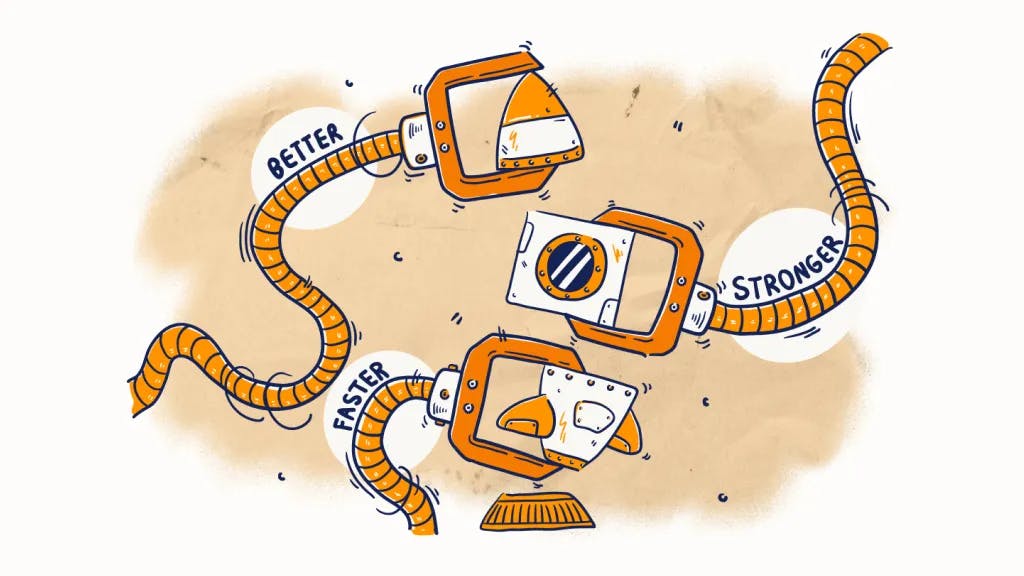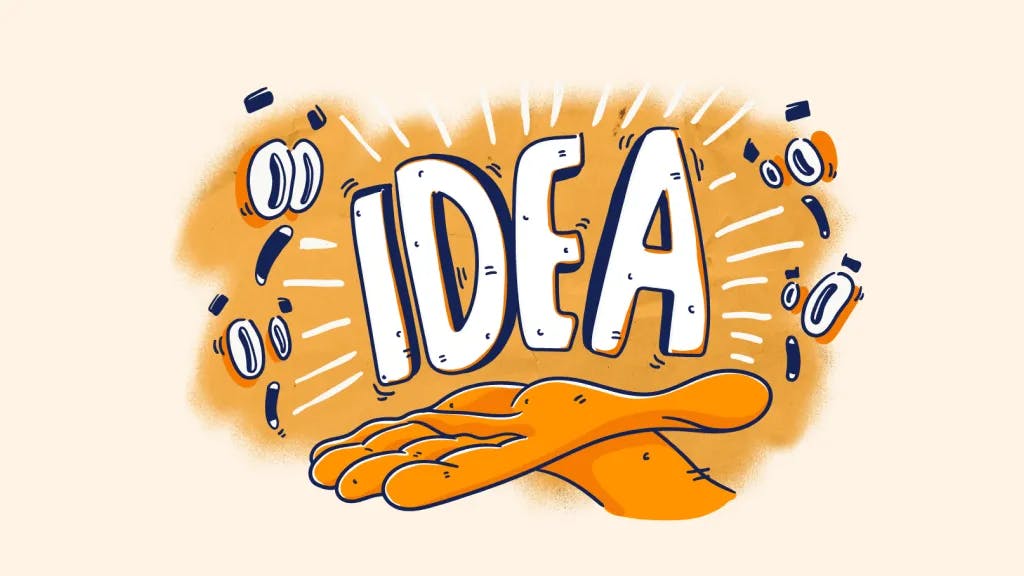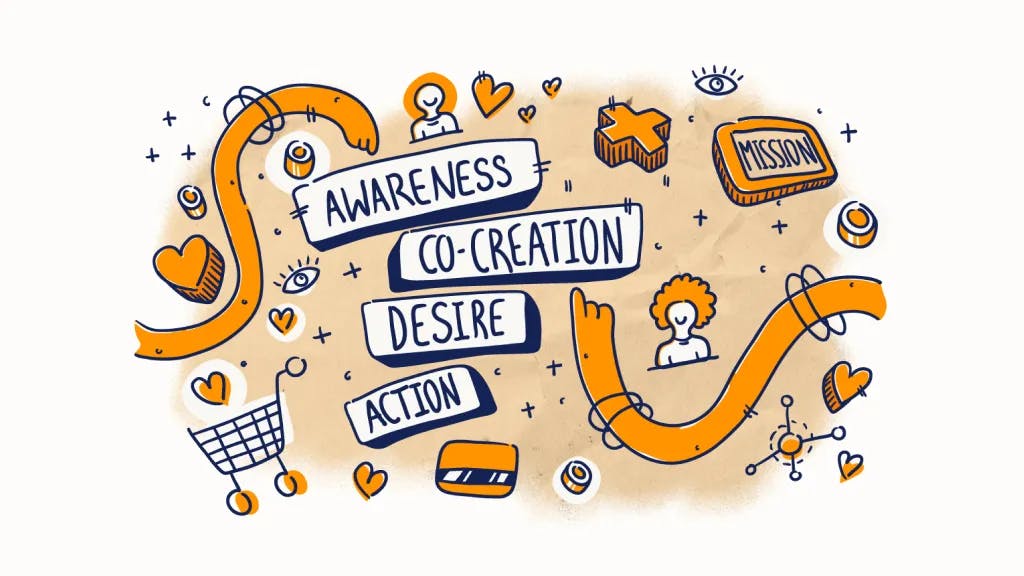How to get stronger ideas faster?
The idea-gathering process seems straightforward, but you and I know that isn't always true.
We've all been there. Perhaps you started by sending out emails to some teams or your company at large, requesting ideas that have the potential to drive innovation forward for your organization.
This seemed fine and dandy at first, but soon you encountered a problem: the ideas presented were diverse but lacked focus and direction, so you were forced to disregard most of them. People got frustrated since they spent time contributing, yet nothing happened.
So what can you do to mitigate this problem? How would you go about not just gathering ideas, but getting stronger ideas at a much more rapid pace?
Why do we need to get stronger ideas?
If your desire as an innovation manager is to engage a large audience with people of different backgrounds, skills, competencies and points of view, then there is one thing you need to do: get their ideas.
Capturing ideas is a critical point to ensure success in your innovation journey. Because, without ideas, there is no innovation.
But, as you may well know, getting ideas is relatively easy. But getting strong ideas is much more difficult.
Stronger ideas lead to better innovation solutions, greater opportunities, more growth, and more success in your business or organization.
What makes a good idea?
Three things make an idea good.
The first is that it must be simple, clear and well-communicated. If you, as a reader, can't clearly understand the idea, then that means the idea needs work.
Another characteristic of a good idea is that it offers a clear value proposition. In other words, it needs to communicate the impact and value of implementing this idea to its stakeholders.
The third characteristic is the most difficult one to determine but a necessary element to think about. A good idea must be testable. How are you going to proceed or move forward? You must decide what the next steps will be to move an idea forward, and if there's no way to test it, it is not workable. If an idea presents a high level of risk and uncertainty, then you must be able to determine how you're going to test it.
What are some of the best ways to capture stronger ideas?
There are two ways that will give you the best chance at capturing stronger ideas: challenges and ongoing idea collection.
Challenges are time-bound solicitations for ideas with a specific goal and context.
The benefit of using a challenge is that you can predetermine the types of ideas you are looking for, giving your participants clear direction. They'll know, in detail, precisely what needs to be solved.
Challenges are an excellent way for you to focus your people's energy on particular problems and concrete opportunities. They help you boost your innovation culture, surface unforeseen ideas, and cause a life-changing impact on your company.
Suppose your company is looking for a unique solution to an energy problem. Your energy costs are way too high and you need to figure out what ways to reduce those costs.
To gather the best ideas, you could launch a challenge presenting the particular issue the company is struggling with and give your participants the proper parameters on the ideas they can share and a timeframe to submit those ideas.
All ideas within a challenge would then go through some type of evaluation process and the right ones are then selected as the winners of the challenge.
Now suppose your employees or colleagues come to you with ideas unrelated to ongoing challenges? What kind of options should you give them that would result in you getting the strongest ideas faster?
Or maybe the challenge-driven approach is a system that doesn't work that well for your context or situation. What to do?
For these scenarios, employing the ongoing idea collection model would be best.
This model is a bit looser in terms of time and framing. The way it works is you create certain categories in which people can submit their ideas.
The categories would vary based on your business model, your company context and your needs.
You could solicit ideas in categories based on each department or based on any ongoing solutions you are trying to find, as well as new emerging opportunities.
What makes both of these methods perfect for collecting stronger ideas is that you actively open up your process to your employees and members of your innovation community.
You are making the most out of the creativity and know-how of a larger group of people whose particular expertise is invaluable to the innovation process.
Your employees, for example, know what's happening on the ground or with clients. They may have insight that your innovation team may not have when it comes to the right ideas. Including as many people as possible and inviting them to participate in this process significantly increases your chance of surfacing the strongest and best ideas quickly.
Top-tier companies often use innovation management software to help manage the launch of challenges. If you'd like, you can check out InnovationCast. The software lets you launch time-bound challenge campaigns in minutes and gives you all the tools you need to keep people engaged.
Obtaining great ideas shouldn't be rocket science. If you use these tips and tools, you'll be sure to enhance your idea-gathering process and be on the road to getting stronger ideas in no time.
If you'd like to use innovation management software to help you with the process, consider checking out InnovationCast.
If you're ready to chat with us, feel free to request a demo today.




